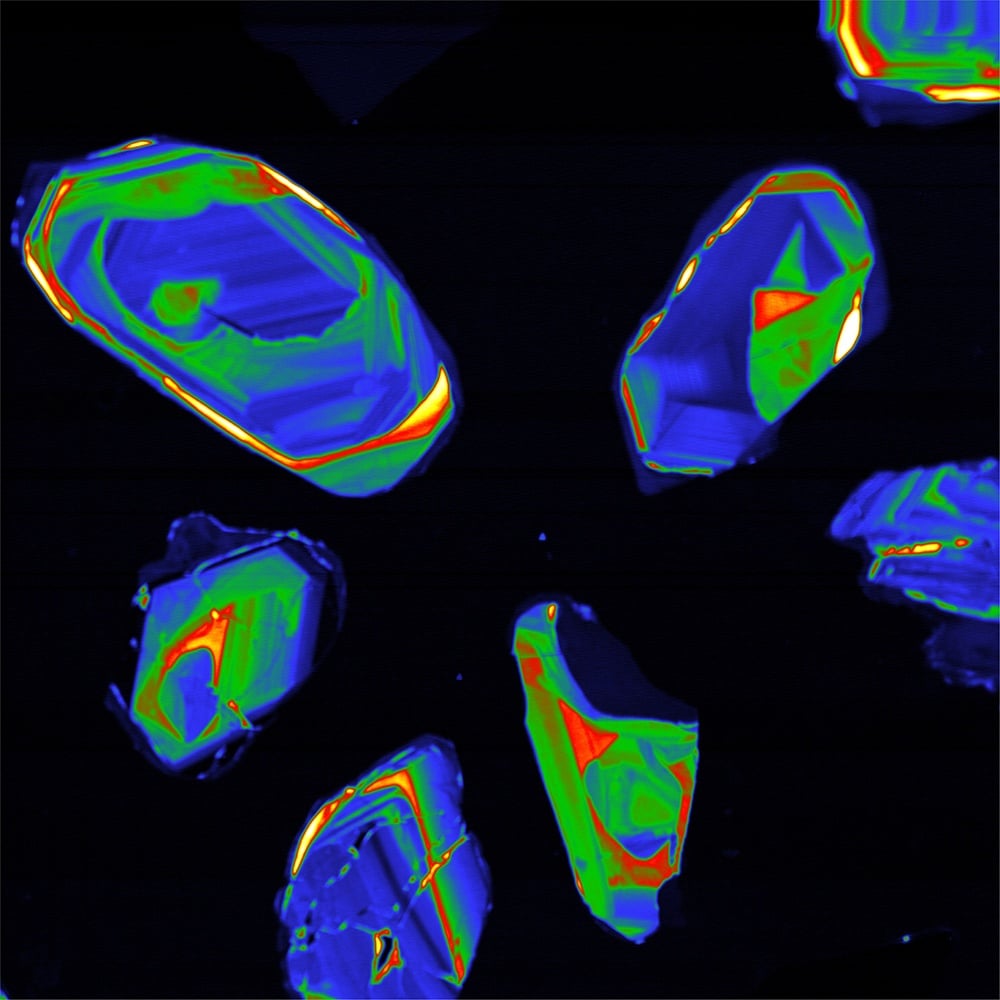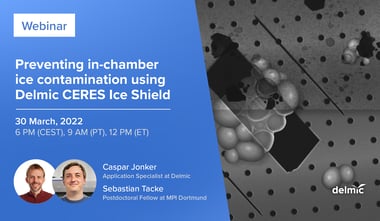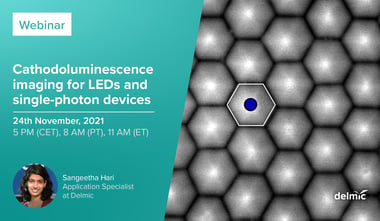We are excited to announce that we will be hosting a webinar on cathodoluminescence (CL) on Wednesday June the 21st 3 pm (AEST). The webinar will function as an introduction to cathodoluminescence for researchers in photonics, geology, and materials science. Participants will have the chance to learn about the different types of CL generation and how they are applicable to various fields of research. After that, the experimental setup of the SPARC system and how angle-resolved CL is performed will be shown. As proof of its broad applicability, several experimental examples from the fields of nanophotonics, materials science, and geology will be shown.
Recently, electron-beam spectroscopy techniques have emerged as powerful tools in nanoscience due to their ability to generate, probe, and control light at length scales far below the diffraction limit of light. Taking advantage of the extremely high spatial resolution, novel techniques have been developed that combine electron beam excitation with optical spectroscopy. Spatially-resolved cathodoluminescence (CL) spectroscopy, in which the electron-beam-induced radiation is collected inside an electron microscope, is one of these techniques that holds great potential for nanoscience.
For a long time CL spectroscopy was mainly used in geology to analyze and identify minerals, but in the past two decades its scope has expanded significantly. In recent years, it has been used to study fundamental optical properties of a myriad of metallic, semiconductor, and dielectric (nano)materials in the fields of materials science, geology, and nanophotonics, including plasmonics and metamaterials.
We have developed a special version of CL spectroscopy in which we can both effectively measure the emitted spectrum as well as the angular emission distribution (SPARC).
About the speaker
The webinar will be hosted by DELMIC’s in-house application specialist, Toon Coenen. Toon studied at University College Utrecht. After obtaining his BSc degree there, he went on to study chemistry and physics at Utrecht University where he obtained a MSc degree in 2010. In 2014, he continued for a PhD at the prestigious FOM Institute AMOLF in Amsterdam, in professor Albert Polman’s group. There, he co-developed the first version of the SPARC cathodoluminescence detection system and used it to investigate the nanoscale optical properties of various metallic and dielectric nanostructures. During his PhD he was also a visiting scientist at Stanford University in the group of professor Mark Brongersma, performing EELS experiments on plasmonic structures. He now works at Delmic as an application specialist, developing novel cathodoluminescence applications and improving the cathodoluminescence system as a whole.
The webinar is hosted in collaboration with our Australian distributor, AXT.
If you are interested in this webinar, don't forget to sign-up! You can also add the event to your Google Calendar by clicking here. In the meantime, perhaps our latest application note on rare-earth doped materials might interest you:
.png)






